Bed Bugs And What You Should Know.
Topic 20757 | Page 1
Tools used for a bed bug treatment. Other than rubber gloves and a respirator, these are the items that we used.
The steamer pictured below is the same type we would use. It's output temp of 300°+ F would fry any bug instantly, didn't matter if it was bed bug, spider, ant, cricket, etc. This was used to kill off as much as possible and fry any eggs we could get the steam to.
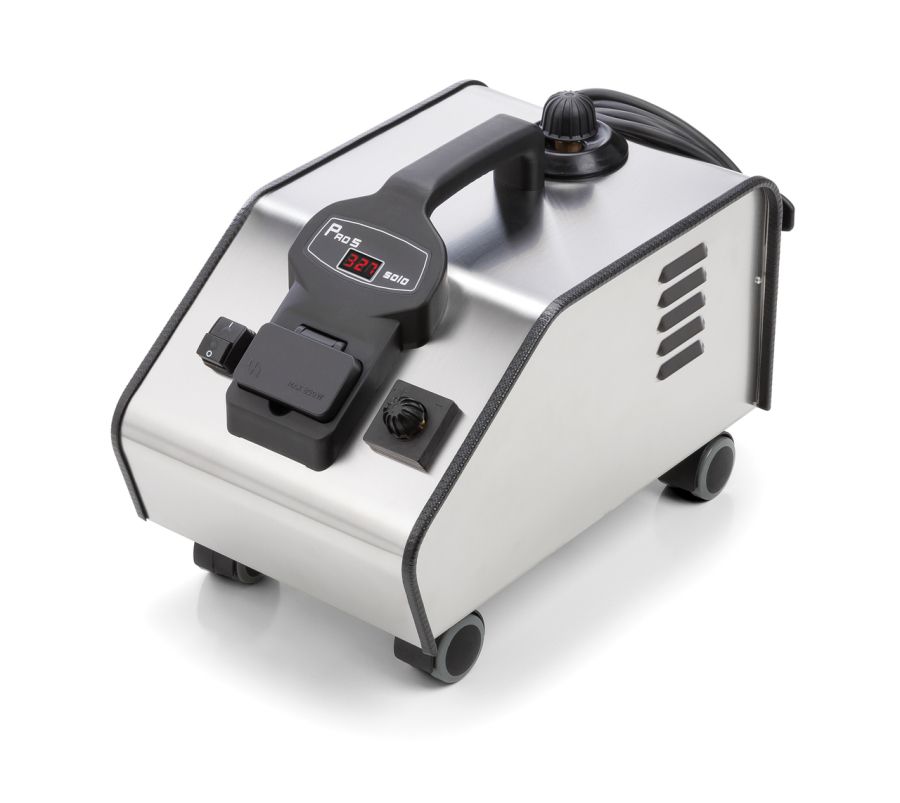
Pictured below is one of the residuals we used. PT Phantom II. It's more of a crack and crevice spray meant for edges, corners, cracks, and crevices. This chemical does leave a white streak if over sprayed. This spray works on most bugs in general.
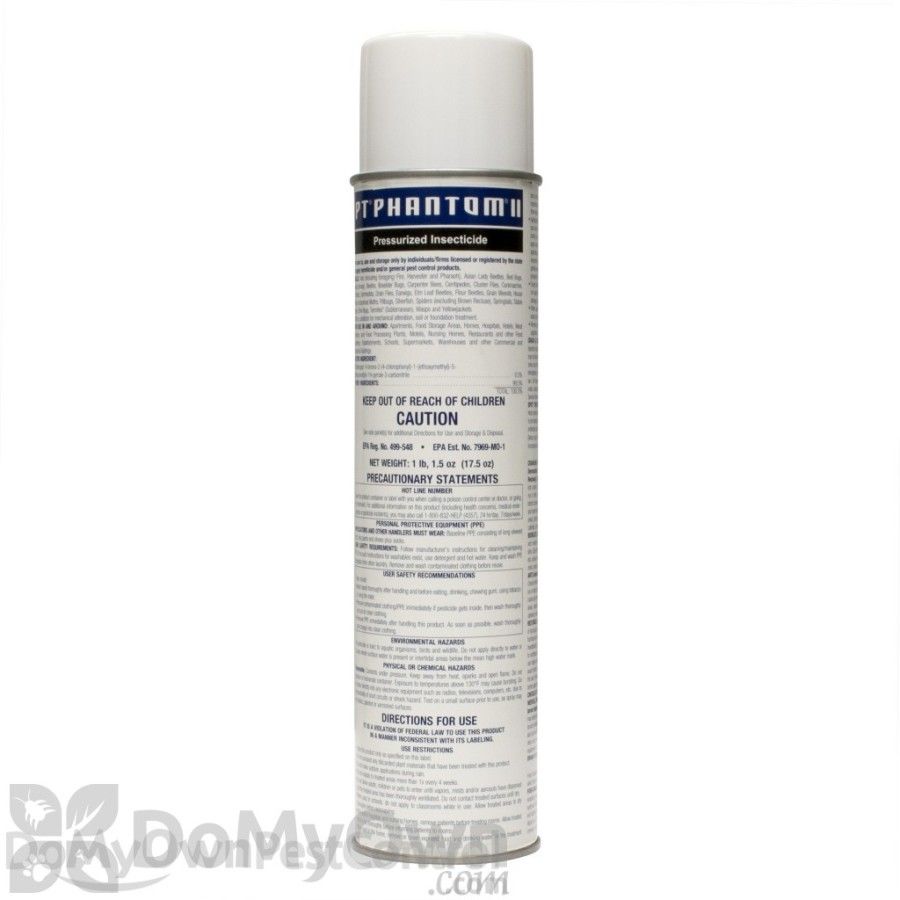
Pictured below is a broadcast spray that we would use to pretty much cover and surface we thought the bed bugs would travel. Alpine Flea and Bed Bug with Growth Regulator. Not supposed to spray it on a surface that would come into contact with a person. This chemical also works really well with fleas. The growth regulator helps keep the young from being able to reproduce when they get older.
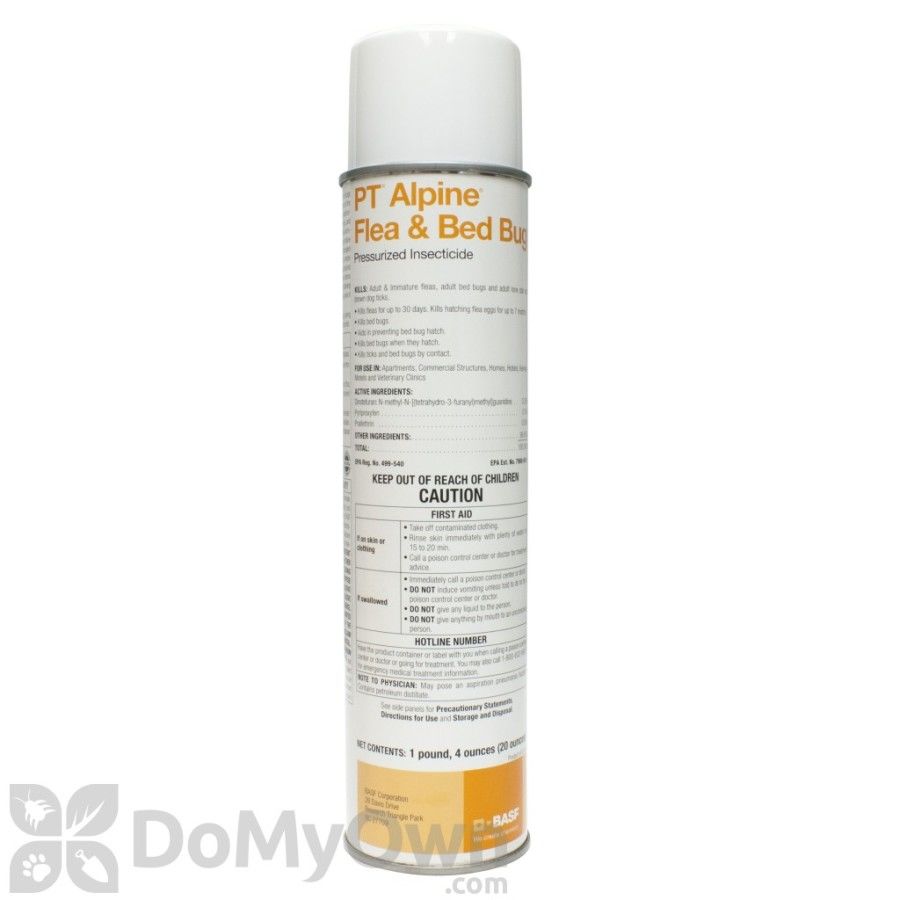
Diatomaceous Earth isn't something we would use for bed bugs. We primarily used it for spiders, more specifically the brown recluse spider since they have little nails they walk on and can glide over any chemical. As for the exact of how it works, I've read a couple different things but the end result is it dries out the bugs. It is a very fine powder like flour. This stuff is not a chemical and can be dumped on your food and you'll be fine, I just don't recommend it unless you like chalky flavor.

With the exception of the diatomaceous earth, the above chemicals can not be purchased from any store and in most cases you would need a pest control license to be able to buy them. However they can be found online to purchase, sites like eBay would be one. These chemicals when sprayed only have an effectiveness of around 30 days. It's why we would come back after 30 days.
It can take a while for things to fully take effect and we would always recommend waiting out until at least 30 days after the last follow up to know for sure if there is going to be a continued problem or not.
Pyrethroid or Pyrethrin based chemicals. One is natural and the other is synthetic, the both work really well as a contact kill. Some chemicals have a timed release that helps cover the repellent nature of them. Problem is that they have a natural repellent. With bed bugs all it does is send them to other areas until it is safe to return. This could cause them to head deeper into places where we wouldn't be able to detect or see if there is any. I wouldn't imagine any toxic chemicals used in war would be that effective if they had a stink bomb odor to them and, that is how some pesticides work. Anything repellent in nature works really well when sprayed on the exterior so that it would keep pest from entering and the toxic nature would kill off anything that can't detect it or dumb enough to continue.
To be continued.... I'm out of time for now and will pick this back up as soon as I can. So please hold off any comments for now.
Prevention Tips
As I mentioned before
Hotels, daycare, school, friends staying over, staying over at a friends house, nursing homes, halfway houses, buying used items (i.e. buying used clothes or furniture from Craigslist, Facebook, garage sale, Goodwill, D.A.V., etc..) and even new clothes and furniture can be a slight possibility, are ALL places you can get them from.
Those were common areas I usually mentioned as possible places but by all means it doesn't mean that they can not be picked up from other places. I imagine that during the mentor phase, the mentor runs the risk of every student bringing them in and the students run the risk of the mentor giving the bugs to the student. Increased potential done by the stays at the hotels for whatever reason. Students are in and out of hotels all the time. Best bet comes down to prevention.
Every time you introduce or re-introduce clothing, bedding, or things kept close to the bed, you should wash and/or dry on high heat or sterilize it best you can if you're not sure. Be cautious.
Detection
Bites
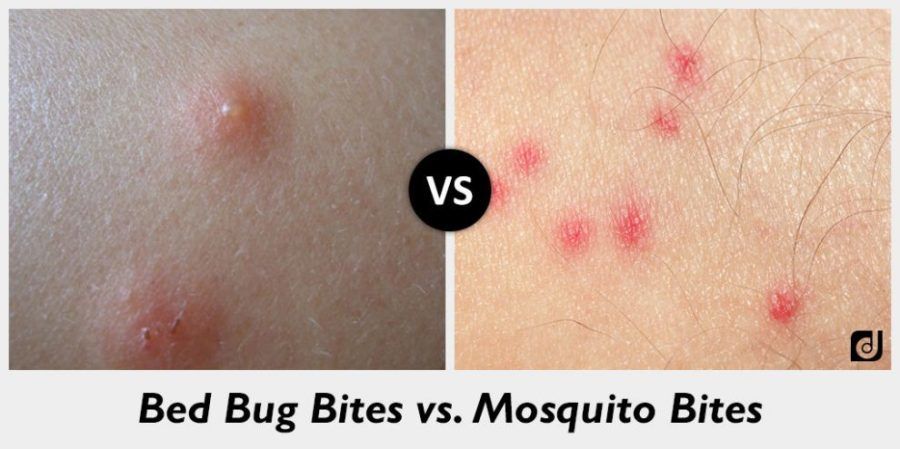
Bed bug bites are multiple and usually creates a line of bites as the trail across.
Spotting
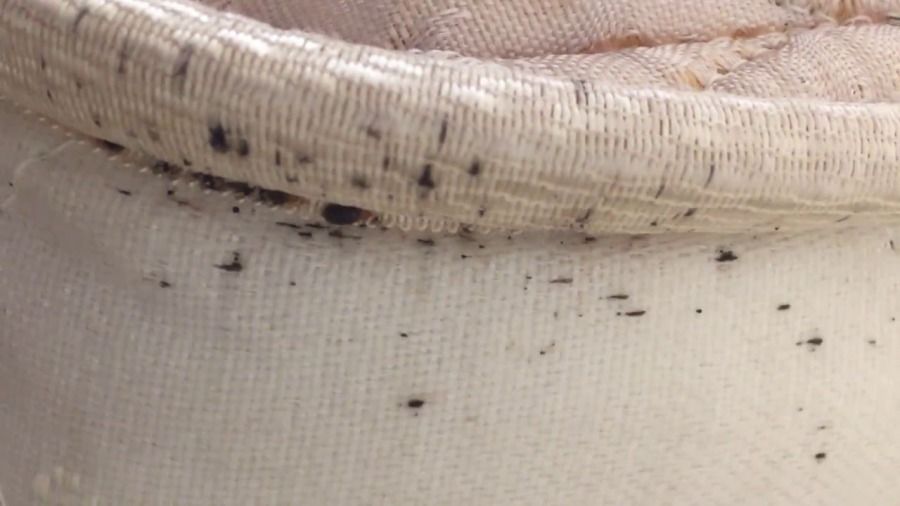
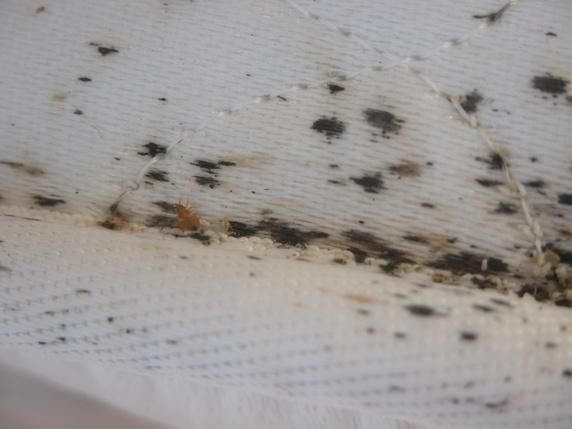
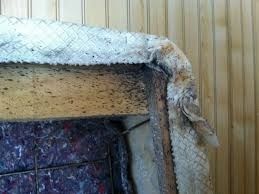
That last one is where I would most commonly find them. Under the flap of fabric on the bottom of a box spring. They like the tight covered spaces and corners. Any place similar is where you are most likely to find them. This is where chemicals with repellents can make things worse and more difficult. They'll burrow and hide deeper until it's safe to return making detection more difficult as well.
Bed Bug and Bed Bug Cast
Various stages of bed bug growth.
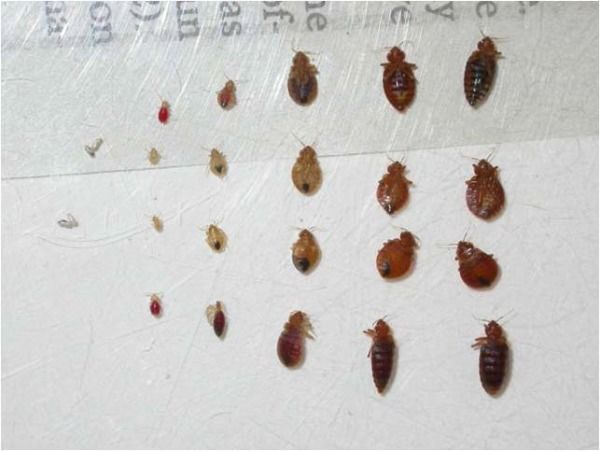
Bed bug cast and some live bugs.
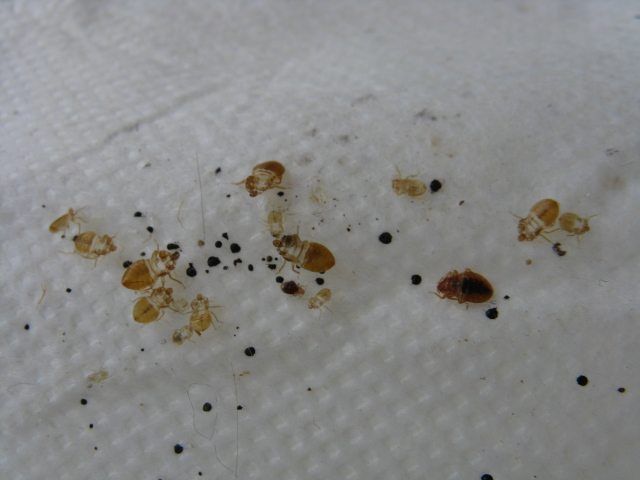
As bed bugs grow from babies to adults they shed and they shed multiple times throughout their growth. The eggs are about the size of a grain of salt and elongated like rice.
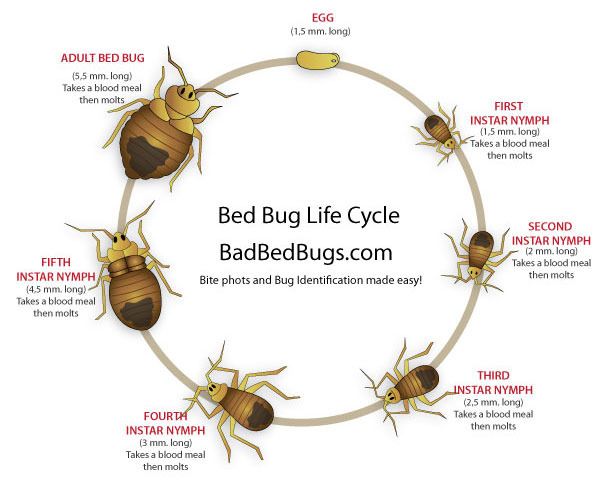 Treatment
Treatment
A typical treatment and procedures I would follow - After entering and speaking with client I would begin setup. While waiting for the heater to heat up the water in the steamer I would go through and treat with the chemical residual on the rooms that needed a preventative treatment. When the steamer is finally ready I would go in and treat the infected areas and any commonly infected areas with the steam. The steam at around 300º F would kill pretty much any insect or pest on contact. The goal being to kill off as much as possible before following up with the chemical residual.
Here is a good area to inspect and to treat.
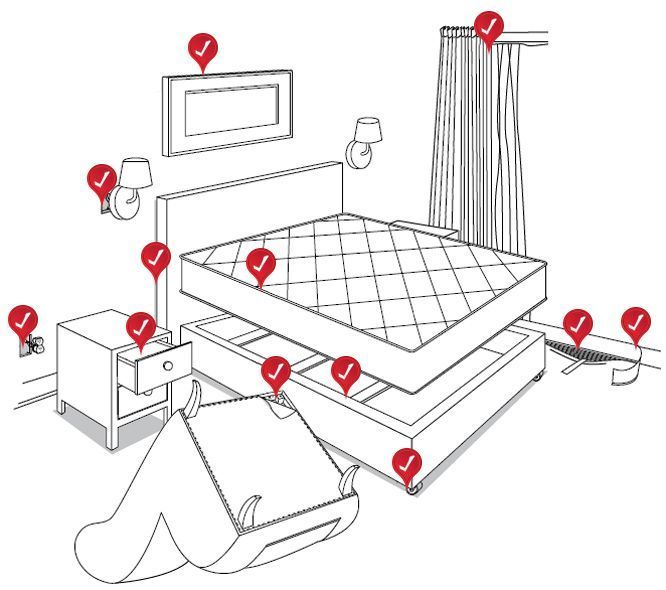
This one isn't an advert for the chemicals but it's a good layout for areas of treatment and inspection.

Dm:
Dispatcher, Fleet Manager, Driver Manager
The primary person a driver communicates with at his/her company. A dispatcher can play many roles, depending on the company's structure. Dispatchers may assign freight, file requests for home time, relay messages between the driver and management, inform customer service of any delays, change appointment times, and report information to the load planners.HOS:
Hours Of Service
HOS refers to the logbook hours of service regulations.DWI:
Driving While Intoxicated
OWI:
Operating While Intoxicated
Some things to watch out for. Over the counter (the chemical you can buy at any retail outlet) stuff is basically watered down and overused chemical and the stuff sold will have a repellent in it. As mentioned before...
Pyrethroid or Pyrethrin based chemicals. One is natural and the other is synthetic, the both work really well as a contact kill. Some chemicals have a timed release that helps cover the repellent nature of them. Problem is that they have a natural repellent. With bed bugs all it does is send them to other areas until it is safe to return. This could cause them to head deeper into places where we wouldn't be able to detect or see if there is any. I wouldn't imagine any toxic chemicals used in war would be that effective if they had a stink bomb odor to them and, that is how some pesticides work. Anything repellent in nature works really well when sprayed on the exterior so that it would keep pest from entering and the toxic nature would kill off anything that can't detect it or dumb enough to continue.
If you buy anything over the counter you want to make sure that it isn't pyrethrin or pyrethroid based. The repellent sends them everywhere, which makes it more difficult to detect and treat.
Big name companies such as Terminix and Orkin, both have large advertising budgets. My employer when I did pest control had worked for Terminix years prior. One thing he told me is that Terminix and their massive advertising budget would bring in so many millions from new customers but would lose so many millions from loss of customers do to poor service. Their gain was only in the thousands. Sadly, I don't remember the exact numbers to give you. My point being that they would lose customers in mass quantity only to be regained from their big name and just as big advertising budget.
On the opposite end of the spectrum, you also need to watch out for companies that are super cheap. Sometimes you get what you pay for.
Here is some more information about bed bugs and a link to the website I got the following information from.
Feeding Behavior Bed bugs have a cryptic lifestyle, meaning they spend the majority of their time hiding together in cracks and crevices where they will not be seen or disturbed. However, they become active at night, between midnight and 5:00 am. It is during this time, when the human host is typically in their deepest sleep, that bed bugs like to feed. Bed bugs are known to travel many yards to reach their human host. Bed bugs are attracted to CO2 produced by the host exhalations, and they are also attracted to body heat. However, bed bugs are only able to detect these host cues over short distances (about 3 feet away for CO2 and even less for heat). It is not well understood how bed bugs hiding in a closet are able to find a host located in a bed across the room. However, bed bugs are able to move very quickly, and it is thought that they do a lot of wandering around before they are able to locate their food. Ideally, most bed bugs would like to aggregate near the host’s bed, on the mattress or in the boxsprings, when they are not feeding. However, this is not always possible in heavy infestations where bed bugs are crowded and many bed bugs have to seek refuge at distances several yards from the host. Once a bed bug finds the host, they probe the skin with their mouthparts to find a capillary space that allows the blood to flow rapidly into their bodies. A bed bug may probe the skin several times before it starts to feed. This probing will result in the host receiving several bites from the same bug. Once the bed bug settles on a location, it will feed for 5-10 minutes. After the bed bug is full, it will leave the host and return to a crack or crevice, typically where other bed bugs are aggregating. The bed bug will then begin digesting and excreting their meal. Bed bugs usually feed every 3-7 days, which means that the majority of the population is in the digesting state, and not feeding most of the time. Egg Production: The number of egg batches a female will produce in her lifetime is dependent on her access to regular blood meals. The more meals the female can take the greater the number of eggs she will produce. For example, the average adult female will live about one year. If she is able to feed every week, she will produce many more eggs in that year than if she is able to feed only once a month. On average: • A female bed bug will produce between 1- 7 eggs per day for about 10 days after a single blood meal. • She will then have to feed again to produce more eggs. • A female can produce between 5 and 20 eggs from a single blood meal. • The number of male and female eggs produced is about the same (1:1 ratio). • A single female can produce about 113 eggs in her whole life. • Eggs can be laid singly or in groups. A wandering female can lay an egg anywhere in a room. • Under optimal conditions, egg mortality is low and approximately 97% of the bed bug eggs hatch successfully. • At room temperature (>70° F), 60 percent of the eggs will hatch when they are 6 days old; >90 percent will have hatched by the time they are 9 days old. • Egg hatch time can be increased by several days by lowering ambient temperature (to 50° F). • Due to the large numbers of eggs a female can produce under optimal conditions (temperatures >70° F but < 90° F, and in the presence of a host), a bed bug population can double every 16 days. Nymph Development Time The time it takes any particular bed bug nymph to develop depends on the ambient temperature and the presence of a host. Under favorable conditions, such as a typical indoor room temperature (>70° F), most nymphs will develop to the next instar within 5 days of taking a blood meal. If the newly molted instar is able to take a blood meal within the first 24 hours of molting, it will remain in that instar for 5-8 days before molting again. At lower temperatures (50° F – 60° F), a particular instar may take two or three days longer to molt to the next life stage than a nymph living at room temperature. However, if a bed bug nymph does not have access to a host, it will stay in that current instar until it is able to find a blood meal, or it dies. The time for a bed bug to develop from an egg, through all five nymphal instars, and into a reproductive adult is approximately 37 days. Even under the best conditions some bed bug nymphs will die prior to becoming adults. The first instars are particularly vulnerable. Newly hatched nymphs are exceptionally tiny and cannot travel great distances to locate a host. If an egg is laid too far from a host, the first instar may die of dehydration before ever taking its first blood meal. However, laboratory studies have found that overall bed bug survivorship is good under favorable conditions, and that more than 80 percent of all eggs survive to become reproductive adults.
Source : https://www.epa.gov/bedbugs/bed-bugs-appearance-and-life-cycle to http://www.vdacs.virginia.gov/pdf/bb-biology1.pdf
DAC:
Drive-A-Check Report
A truck drivers DAC report will contain detailed information about their job history of the last 10 years as a CDL driver (as required by the DOT).
It may also contain your criminal history, drug test results, DOT infractions and accident history. The program is strictly voluntary from a company standpoint, but most of the medium-to-large carriers will participate.
Most trucking companies use DAC reports as part of their hiring and background check process. It is extremely important that drivers verify that the information contained in it is correct, and have it fixed if it's not.
HOS:
Hours Of Service
HOS refers to the logbook hours of service regulations.OWI:
Operating While Intoxicated
Any questions I will do my best to answer and if I'm not sure I'll look into and make sure to quote my source so you know what I know. Biggest thing to keep in mind is that it's not a level of cleanliness, it is pretty disgusting to look at but, you wouldn't feel or call it dirty with head lice. They spread the same way.
Best Wishes and I hope this helps.
Wow thank you for all that useful info!!
Yeah thanks I getting itchy right now. No actually thanks for all the information.
Wow thank you for all that useful info!!
Yeah thanks I getting itchy right now. No actually thanks for all the information.
My pleasure. I know what it's like to constantly worry about bringing them home. It's a growing issue and as a company we averaged around 1 bed bug treatment per day, sometimes more. I would average probably 2 to 3 a week ish. The biggest issue I had to deal with was all the misinformation floating around out there. Another problem was those in denial or those that were actually dirty and just unable to notice them, these are the kinds of people that help spread them.
HOS:
Hours Of Service
HOS refers to the logbook hours of service regulations.OWI:
Operating While Intoxicated

As it turned out now that such a phenomenon as bed bugs is very common. Just like at the war. This has never been after the war. Just an invasion. And as a rule, the ground zero are unfortunate apartments in the house. There are much more calls to these services about bed bugs, even more than calls about ants or ****roaches. Can you advise please a steamer to kill bed bugs so we do not have to call these services every time?
New Reply:
New! Check out our help videos for a better understanding of our forum features

















Preview:








 TT On Facebook
TT On Facebook
As I stated in another thread, I'm going to start this to do my best to explain what I know and as much as I know. This will be multiple parts and may be spread over the next week, since my weekend has escaped me to be able to sit and do this all in one go. I will start this as I would explain it to the customers I would either inspect and/or treat.
I didn't work for a large company and we definitely didn't have a large advertising budget. We actually didn't have any budget for advertising. Any new customer was either from word of mouth or reviews from the some of the review sites like Google, Yelp, or Angie's List. There were probably others but my job was killing bugs and not necessarily hunting for new clients. We HAD to do a good job to really get out there. Our prices were competitive (read: cheaper than Terminix and Orkin but not the cheapest). Just thinking about all of it makes me glad I don't have to do those any more. The heat, the humidity, the chemicals, the risk of bringing home, and sometimes the grumpy customer that just spent $3k with Terminix so they already aren't happy that they spent that much money and still have pretty severe issues.
You can't always trust what you find on the internet. There's a lot of misinformation floating around.
Bed bugs can be disgusting and make you feel dirty just as one might feel if their house is infested with ****roaches. This is not the case with bed bugs. They travel and spread the same way lice does. I'm sure everyone who went to school as a kid (not home schooled) has experienced head lice at some point in their lives. Head lice hitchhike from one person to another then breed and spread some more. Bed bugs travel in the same manner. Houses with kids are more likely to have them spread through the house than those with out. Bed bugs are nocturnal, since that is when their food source is easily available. A person wakes up in the morning and may still have bed bug crawling on them then moves to another room of the house while the bug is using you as a taxi. At this point the bug gets dropped off in the next room. This can take a while to fully spread from room to room. Younger kids who are more likely to enter every room in the house first thing in the morning can and will spread them from their room to mom and dads room to the living room and to the family room.
Hotels, daycare, school, friends staying over, staying over at a friends house, nursing homes, halfway houses, buying used items (i.e. buying used clothes or furniture from Craigslist, Facebook, garage sale, Goodwill, D.A.V., etc..) and even new clothes and furniture can be a slight possibility, are ALL places you can get them from. Sad truth is, it is a growing epidemic. They were thought all but just a myth you would talk about, "don't let the bed bugs bite". Was something I had thought until I got into the pest control industry.
The company I used to work for had a pretty good system in place that was developed over time. Very first visit was an inspection. Someone would come out and do a pretty thorough inspection. Not everyone that worked there wanted to work that hard, so there was one lady who in the end ended up with a free full home and full treatment because he barely looked at the trouble room and didn't look at the other rooms that they'd also be commonly found in. If we were doing our jobs right, we would inspect EVERY room that would be a possible infected room. Pretty much any room that wasn't the kitchen, dining room, or bathroom. We have never had any issues with those rooms. For the truly paranoid we would treat those rooms as well. There were the occasional customer that would try and say they don't have any problems with those rooms or completely prevent us from going in there. Many times, the rooms they tried to keep us out of were infected as well. Any room to be treated was a per room charge. Second visit was typically the initial treatment. This was if we found evidence of bed bugs and were treating rooms. Infected rooms we would recommend a full treatment which was a steam treatment followed by a residual chemical. All other rooms we would recommend getting a preventative. The cost was lower and the goal was to make sure they don't spread to other rooms while the one was being treated. This has happened a few times, customer wouldn't want us to treat a room for whatever reason and then complain that they would see them in there now. Another reason we would recommend getting a preventative in those rooms is that the bugs could have a spot deeper than we could physically inspect and may not have actually seen any noticeable evidence. Any following visits were a month apart. We would always recommend at least one follow up and possibly more depending on level of infestation or level of difficulty the room might be to get a proper treatment. Walls with holes or wood paneling created even more potential hiding places for bed bugs. Follow ups were typically preventative treatment only, which basically means we didn't steam but would lay down another coat of residual chemical.
To be continued.... I'm tired and my mind is going blank. I will pick this up tomorrow. So please hold off any comments for now.
HOS:
Hours Of Service
HOS refers to the logbook hours of service regulations.DWI:
Driving While Intoxicated
OWI:
Operating While Intoxicated